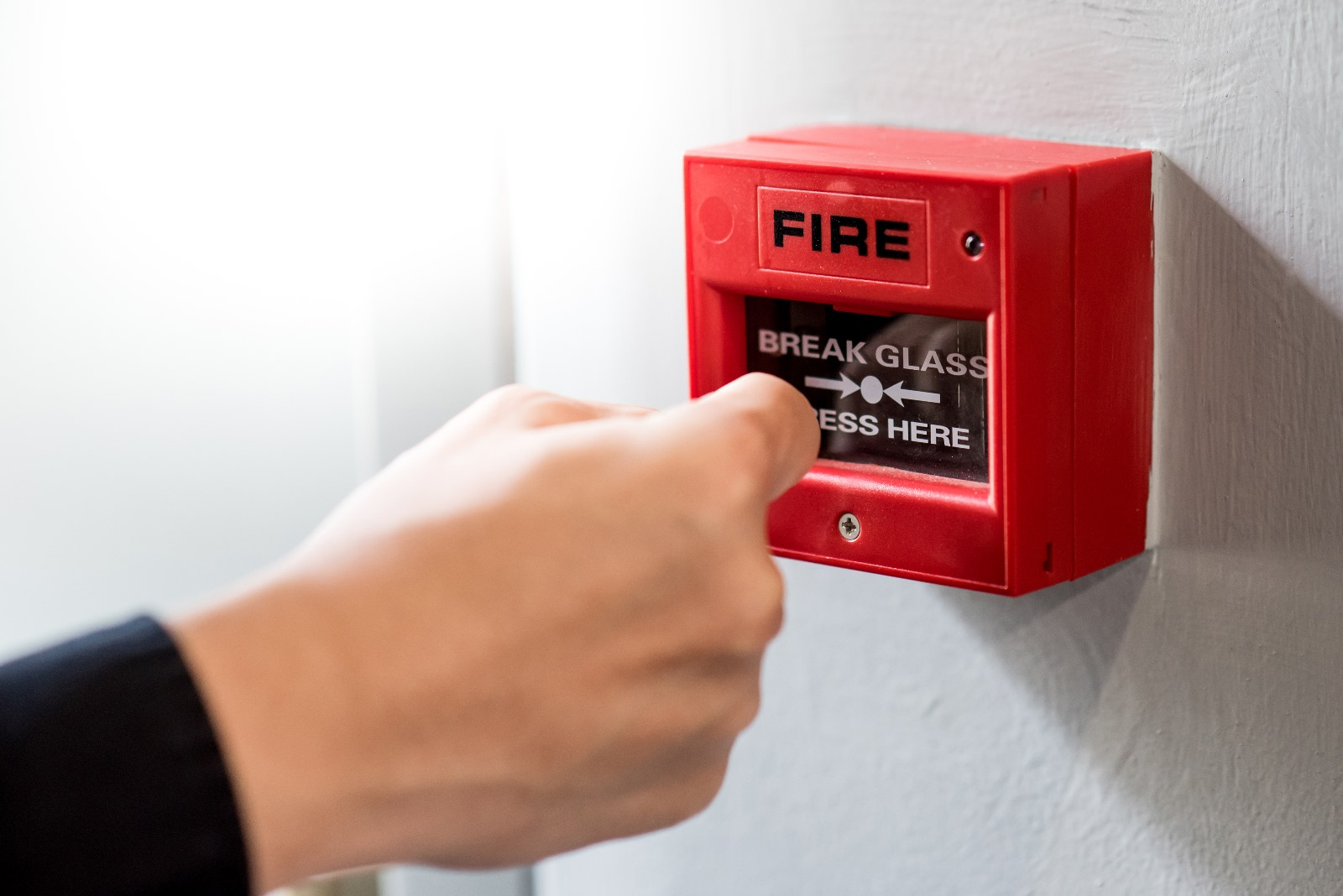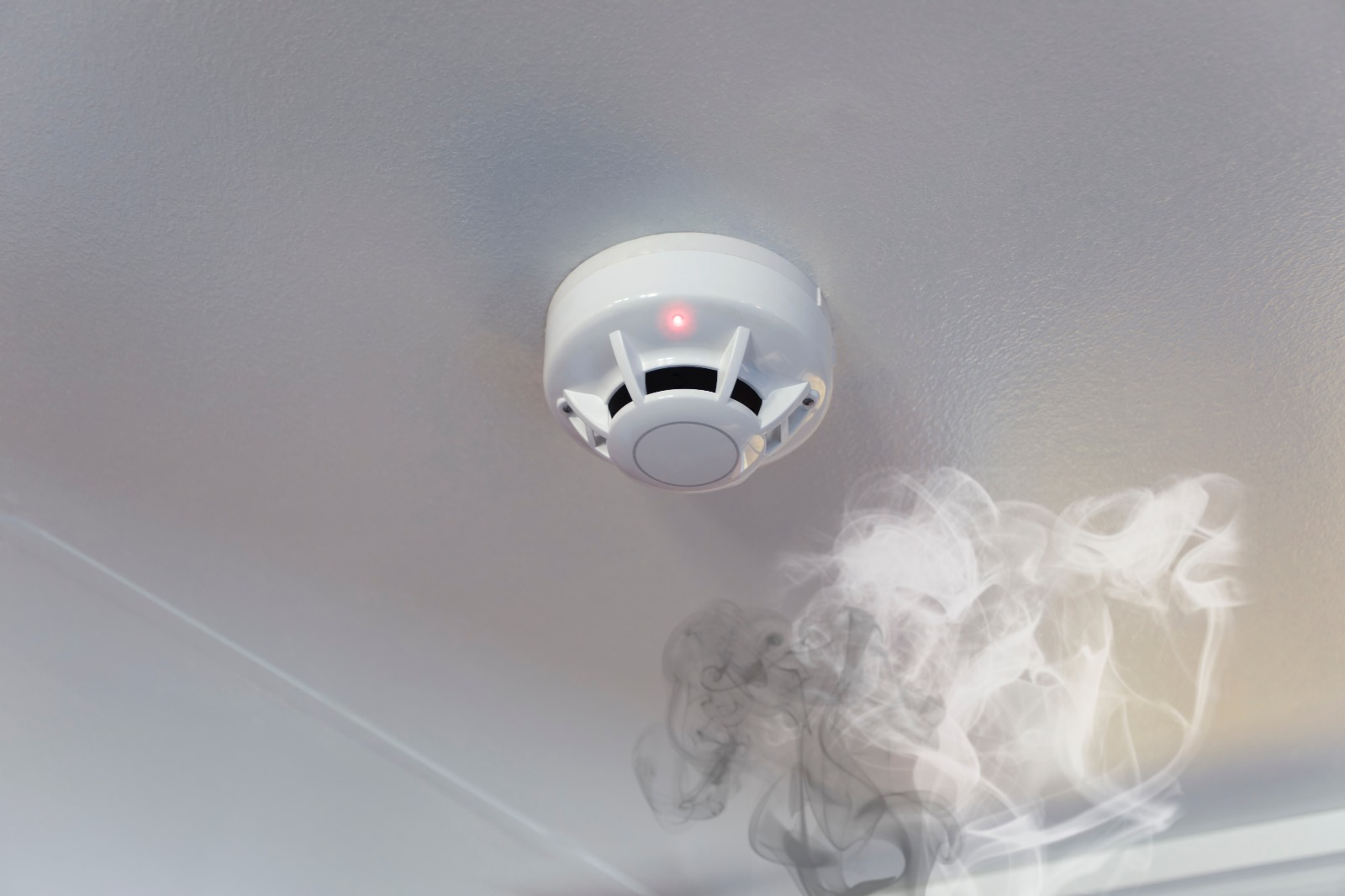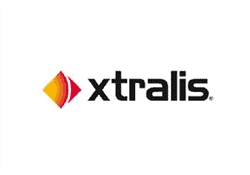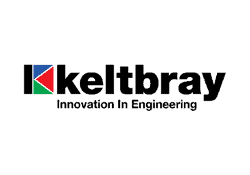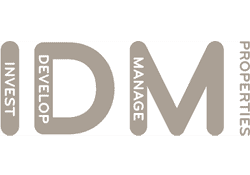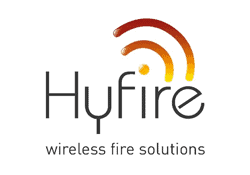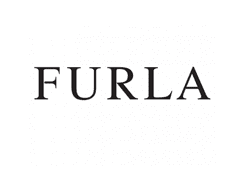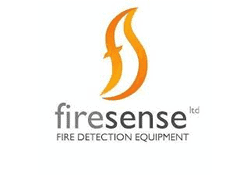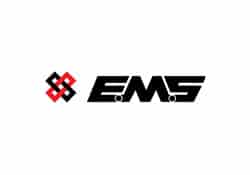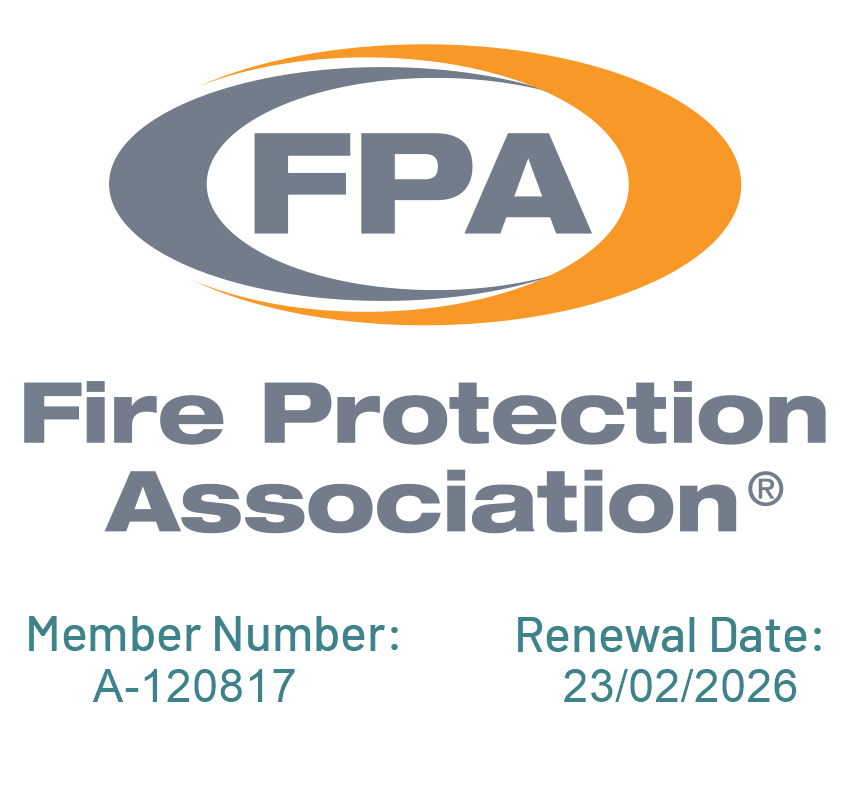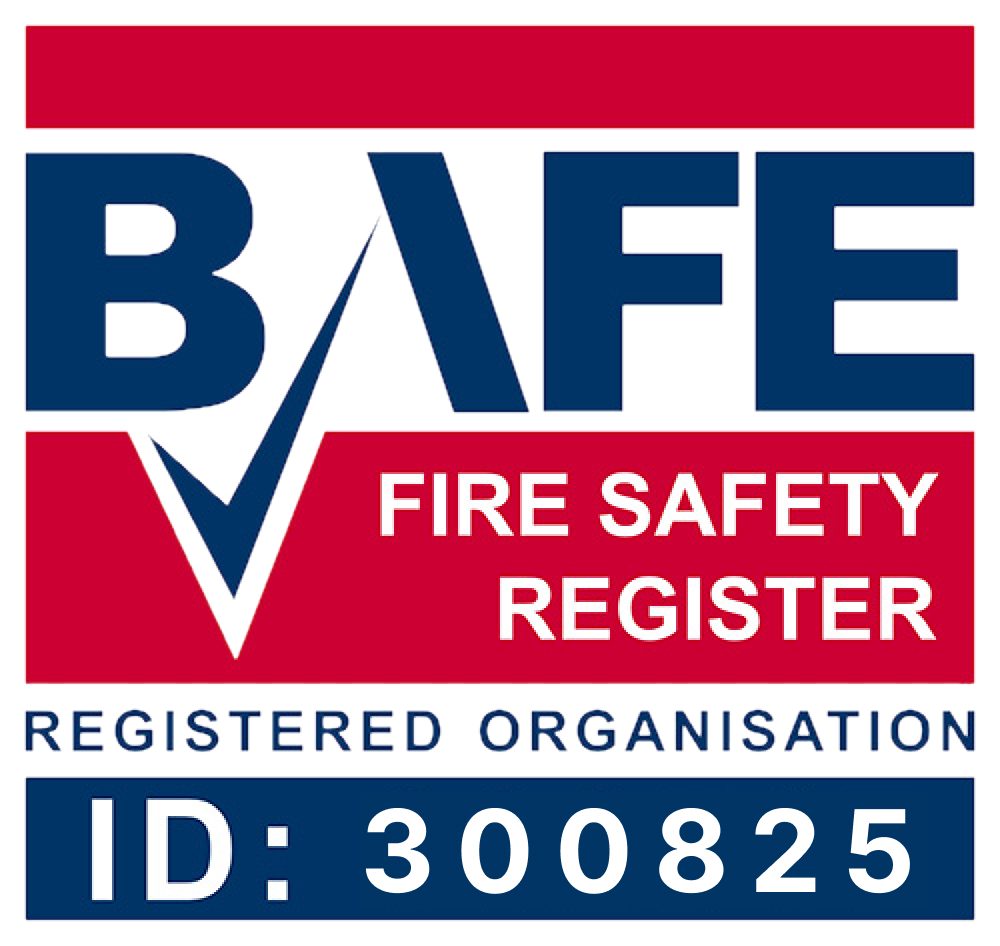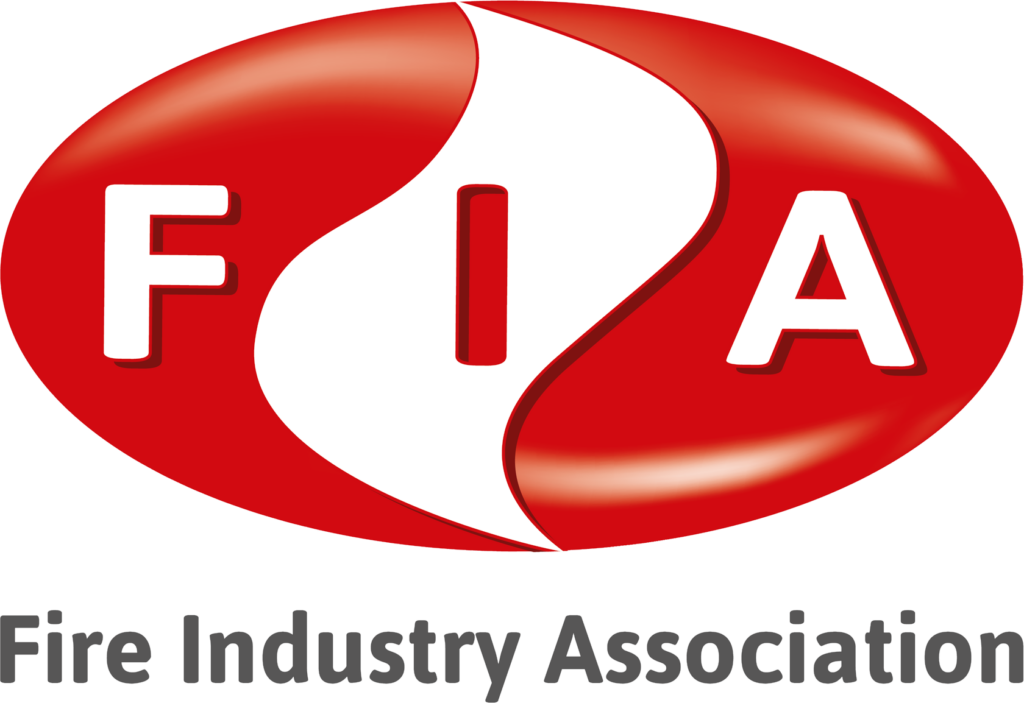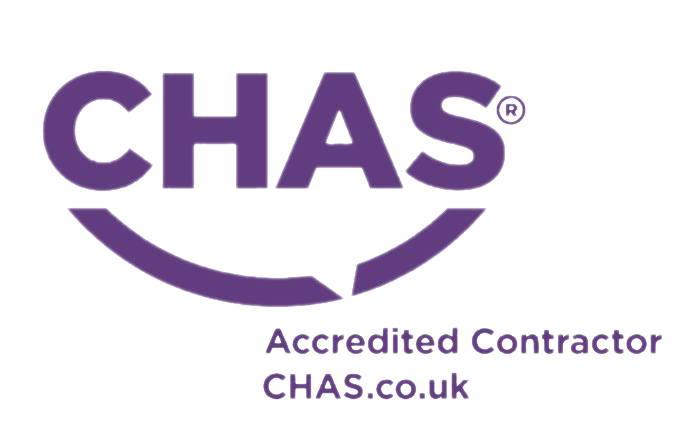Fire risk assessments are not just a legal check box, they are pivotal in safeguarding lives and property. Understanding the complexities of responsibilities in this crucial process is vital for ensuring compliance and fostering a safe environment.
Whether you own a property, run a business, or manage facilities, understanding who shoulders the responsibility for completing a fire risk assessment is paramount.
Understanding Fire Risk Assessments

A fire risk assessment is a systematic evaluation of potential fire hazards in a building and the measures in place to mitigate those risks. The primary purpose is to protect lives and property, making it a cornerstone of fire safety.
Key Components
A fire risk assessment initiates a comprehensive identification of potential fire hazards. This process involves scrutinising the building’s structure, electrical systems, heating equipment, and any substances that could contribute to the rapid spread of a fire or prevent/hinder the evacuation of people. By pinpointing these hazards, the risk assessment lays the groundwork for effective risk mitigation.
Evaluating Efficiency
Beyond hazard identification, the assessment critically evaluates the efficiency of current fire safety measures. This encompasses everything from the functionality of fire alarms and extinguishers to the adequacy of escape routes. A careful examination ensures that existing measures are not just present but also capable of swift and effective action in the event of a fire.
Strategies For Improvement
Based on the identified hazards and the performance of existing safety measures, the assessment formulates strategies for improvement. This could involve upgrading fire safety systems, enhancing emergency response protocols, or implementing structural changes to minimise fire risks.
Legal Framework

Under Revisions to Fire Safety legislation, Implemented on the first of October 2023, section 156 of the Building Safety Act 2022.new regulations have come into force that impose stricter requirements for the collaboration, coordination, recording and sharing of fire safety information.
These new regulations also simplify the process for enforcement authorities to take action against non-compliance, and provide residents with comprehensive information regarding fire safety in their buildings.
It is the responsibility of the building owner, management company or managing agent to ensure that the building’s safety needs are met and that a responsible person has been appointed.
Who Is Responsible For Completing Fire Risk Assessments?
While the law does not specify who exactly is responsible for completing a fire risk assessment, it does state that the person must be competent enough to be able to complete a ‘suitable and sufficient’ assessment of that particular building.
This person is known as the ‘responsible person’. Due to the recent change in regulation, it is a good idea to appoint a fire safety specialist or professional fire risk assessor to conduct the fire safety risk assessment.
While you can appoint anyone to be the person responsible for the fire risk assessment, an experienced fire risk assessor will be able to ensure that the regulations and guidelines are met as well as be able to provide you with other fire risk assessment services, like fire alarm system maintenance.
How Often Do Fire Risk Assessments Need To Be Completed?
It is crucial that the responsible person completes a fire risk assessment regularly from a fire prevention perspective, but also from a legal one. While having an up-to-date fire risk assessment is stated in the Regulatory Reform (Fire Safety) Order 2005, the law itself does not provide specific timelines for doing so.
Here at IQ Fire Solutions, we recommend that fire risk assessments be carried out every 12 months. We see this as the bare minimum that is needed to diagnose hazards and weak points within the property.
Benefits Of Proactive Fire Risk Assessment
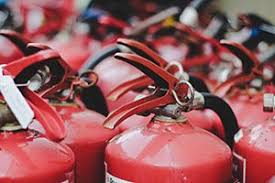
Incorporating a proactive approach to fire risk assessment goes beyond meeting regulatory requirements; it becomes a strategic investment in safeguarding lives, property, and the continuity of operations.
Minimising Property Damage
Proactive identification of fire risks allows for targeted measures to mitigate potential hazards before they escalate. By addressing vulnerabilities in advance, the assessment significantly reduces the likelihood of extensive property damage in the event of a fire. This not only protects the physical structure but also preserves valuable assets within the building.
Ensuring Human Safety
The foremost priority of any fire risk assessment is the safety of individuals within a building. Proactive assessments contribute to creating an environment where occupants can swiftly and safely evacuate in the event of an emergency. This emphasis on human safety extends beyond compliance to a genuine commitment to the well-being of everyone in the building.
Consequences Of Non-Compliance
Non-compliance with fire safety regulations can have far-reaching consequences, encompassing legal ramifications and insurance implications. Understanding these consequences is crucial for all stakeholders involved in maintaining a safe built environment.
Legal Ramifications
Immediate consequences include fines, with regulatory bodies adopting a strict stance against negligence, and tailoring penalties based on violation severity to serve as a deterrent for adherence. In severe cases, responsible parties may face criminal charges, potentially leading to imprisonment, highlighting the serious nature of neglecting fire safety obligations. Moreover, non-compliance opens the door to civil liability, exposing individuals or organisations to legal battles and compensation payments for damages resulting from their negligence.
Insurance Implications
Insurance companies may raise premiums due to the heightened risk associated with non-compliance, creating an added financial burden. Furthermore, a history of non-compliance can make it challenging to secure insurance coverage initially, as providers may be hesitant to insure properties or businesses posing a higher risk.
For more information on fire safety and additional fire safety services, please contact us!

